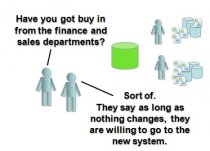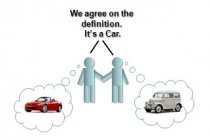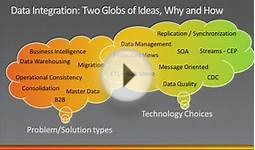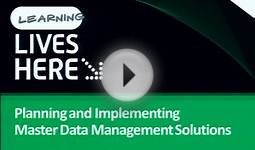Open source Master Data Management
 Migrating data is complicated. It's particularly hard because of course it's not just a physical move. Data definitions are different from the legacy to the new systems. To get this right you need to manage these data definitions.
Migrating data is complicated. It's particularly hard because of course it's not just a physical move. Data definitions are different from the legacy to the new systems. To get this right you need to manage these data definitions.
In this post, I'm going to discuss some things to keep in mind during this process. As with the other posts in this series, I'm not going to be talking about specific tools or getting into super technical discussions.
I'm going to assume that you do not have millions of dollars to spend on the state of the art master data management software and its configuration. Instead, I'm going to present the high level concepts, and focus on some of the change management aspects. How can you focus on what's important, and avoid having master data derail your data migration project?
 This post is number four in a series. If you are a linear type, and want to read all the posts in order, part 1 is here, then two, and three.
This post is number four in a series. If you are a linear type, and want to read all the posts in order, part 1 is here, then two, and three.
There is a reoccurring theme here- just as when I discussed in part two about how a data migration project is also a data quality project because often existing data quality issues must be resolved;
A data migration project is also a master data management project.
Since often the legacy systems were department based, the concept of formal data definitions, and the processes needed to manage them across functional boundaries simply don't exist. But if your data migration project is moving master data from multiple legacy systems into a single new ERP application, you are going to need at least a basic set of processes to manage it going forward.
Welcome to change management, cross functional teams and data governance committees.
Data migration means integrating data that used to live apart, and is owned by different groups within the company.
Often, a data migration project is part of a new ERP project to combine a number of legacy systems (Finance, Sales, Manufacturing) into a single integrated application. Because all of the legacy systems were independent, often the data definitions used are very different, and any mappings or reconciliations exist only at a high level if at all.
You might also like


Job seeker uses billboard across from Kitchener's Google office to stand out .. — MetroNews Canada
Brumwell-worked in the information technology and project management fields in recent years for companies including Enbridge. Much of his work in the past five years has been on contract, leading him to want to seek out something more permanent.
Low-tech billboard gets high-tech attention — OurWindsor.ca
Brumwell worked in the information technology and project management fields in recent years for companies including Enbridge. Much of his work in the past five years has been on contract, leading him to want to seek out something more permanent.
A privilege to sharing the joy of music — BDlive
Now he teaches the same instrument as part of his work with Buskaid, although he dreams of starting his own project management business "with a few friends", information technology and project management being what he studied after finishing school.




